Introduction
Autism spectrum disorder (ASD) is a diverse neurological condition that affects individuals in unique ways. From social intricacies to communication nuances, those with ASD face distinctive challenges. However, the concept of neurodiversity recognizes and embraces this diversity, understanding that the neurocognitive variations experienced by individuals on the spectrum contribute to a rich tapestry of neurological experiences.
With the prevalence of ASD on the rise globally, it has become increasingly important to understand the factors influencing its visibility and support those affected by it. In this article, we will explore the prevalence rates and trends of autism, the methodology behind its assessment, the impact on families and society, and the challenges in diagnosis. We will also delve into the geographical variations in autism prevalence and examine a real-world case study that showcases the application of autism prevalence data.
By gaining a deeper understanding of autism, we can work towards creating inclusive support systems and fostering a more understanding and accommodating society.
Background and Context
Autism spectrum disorder (ASD) presents a tapestry of unique neurological experiences, showcasing diversity in how individuals perceive and interact with the world. Encountering social intricacies, communication nuances, and certain repetitive actions can be distinctive challenges faced by those with ASD. Notably, the concept of neurodiversity embraces such differences, acknowledging that while some people are considered neurotypical with similar brain functionality, others are neurodivergent—experiencing the world through a spectrum of neurocognitive variations.
Within this multitude of conditions, autism and ADHD are prevalent, alongside dyslexia and dyspraxia, reflecting a diverse neurology landscape that is reshaping societal, scientific, and medical perspectives.
In the United States, it's notably reported that around 1 in 54 children are diagnosed with ASD—an insightful statistic reflecting the condition's significant impact on public health. This has propelled a surge in interest towards decoding both the prevalence and contributory factors of autism's increasing visibility. Similarly, Australia has recognized the importance of timely and comprehensive assessments for ASD, undertaken by a diverse team of healthcare professionals.
In this systematic approach, there is no age barrier, encouraging early interventions that can significantly enhance future outcomes. Coupled with Australia's National Disability Insurance Scheme, families and individuals receive personalized support aimed at enriching communication skills, social engagement, and various developmental milestones.
The fervent interest in optimizing support for individuals with ASD can be seen in recent studies focused on the foster care system. In these studies, researchers underscore the importance of Medicaid as the primary insurer for youth with intellectual and developmental disabilities, who are frequently overlooked. Shedding light on their experiences necessitates making these experiences visible and addressing potential barriers in service connectivity.
Research into autism spans not just clinical understanding but also addresses the socio-economic threads that underscore access to services and societal integration. The intersectionality of autism with educational rights and inclusivity underscores the need for a tailored and holistic approach. This is evidenced by the gradual refinement in diagnostic criteria, which has significantly improved autism identification in Australia—a country where the autism rate continues to climb, prompting a call to action for inclusive and robust support systems.
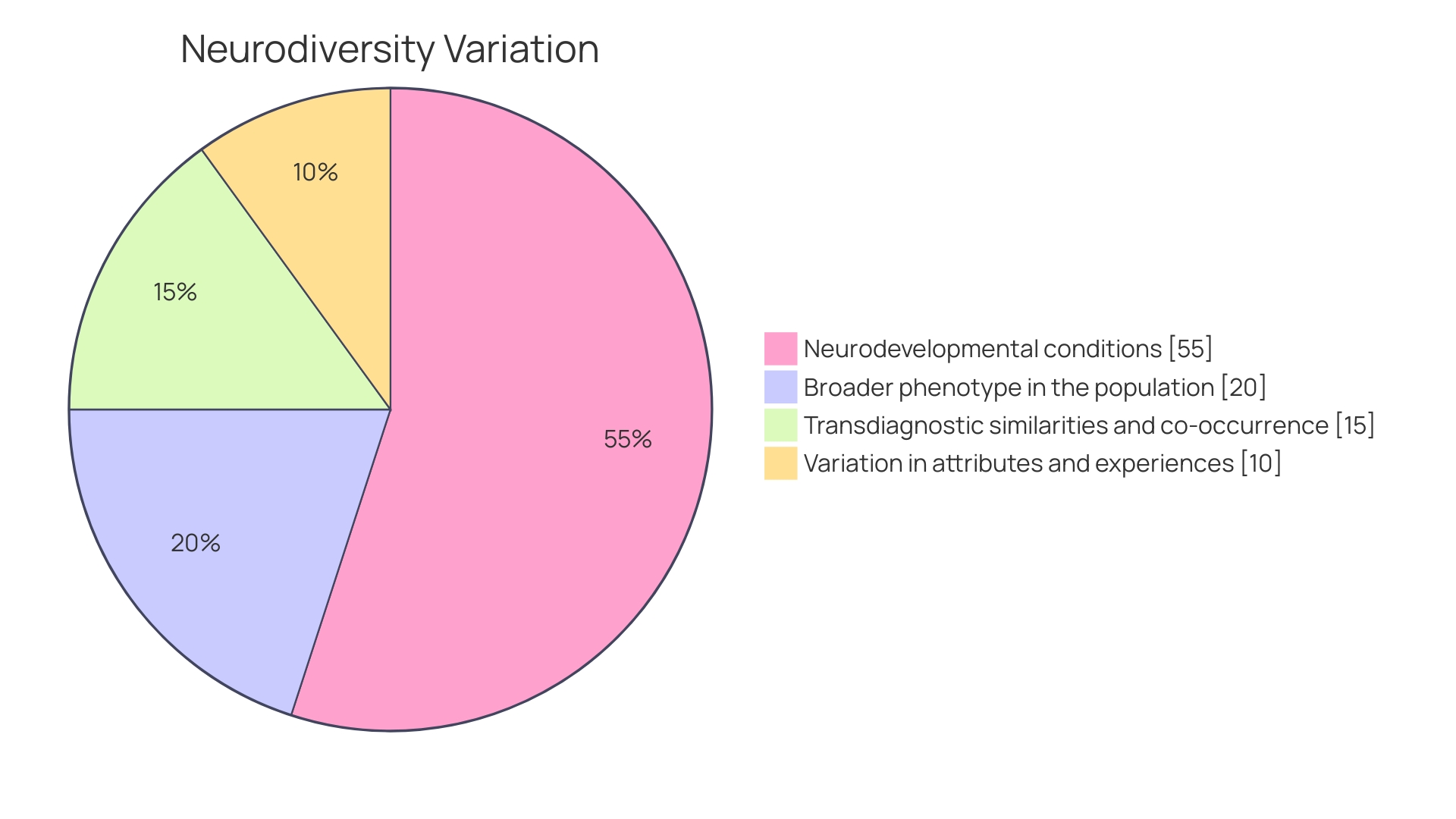
Methodology
Understanding the prevalence of autism is vital for tailoring effective support systems and services. Traditional research has relied on population-based studies, wherein data collated from a cross-section of the community helps estimate autism spectrum disorder (ASD) rates. These investigations typically revolve around screening surveys, medical record examinations, and direct clinical assessments.
A notable example of ongoing surveillance is the work conducted by the Centers for Disease Control and Prevention's Autism and Developmental Disabilities Monitoring (ADDM) Network. Drawing from its rich database, researchers can glean insights into ASD prevalence and trends overtime. In the case of Australia, the evaluation of ASD is thorough, calling upon the collective expertise of pediatricians, psychologists, speech therapists, and occupational therapists without any age constraints, permitting early diagnosis and timely intervention.
The bedrock of supporting Australians with autism is the National Disability Insurance Scheme (NDIS) that funds tailored services and early intervention treatments, with a focus on enhancing communication skills, social engagement, and sensory processing. Alongside NDIS, numerous organizations pitch in with therapeutic programs, training for parents, and community support to assist in nurturing children with autism. Such concerted efforts echo the global commitment to comprehend and accommodate the needs of individuals on the autism spectrum, underscored by ethical research underpinned by approvals from entities like the Danish Data Protection Agency, conforming to standards that ensure the subjects privacy and integrity throughout the study.
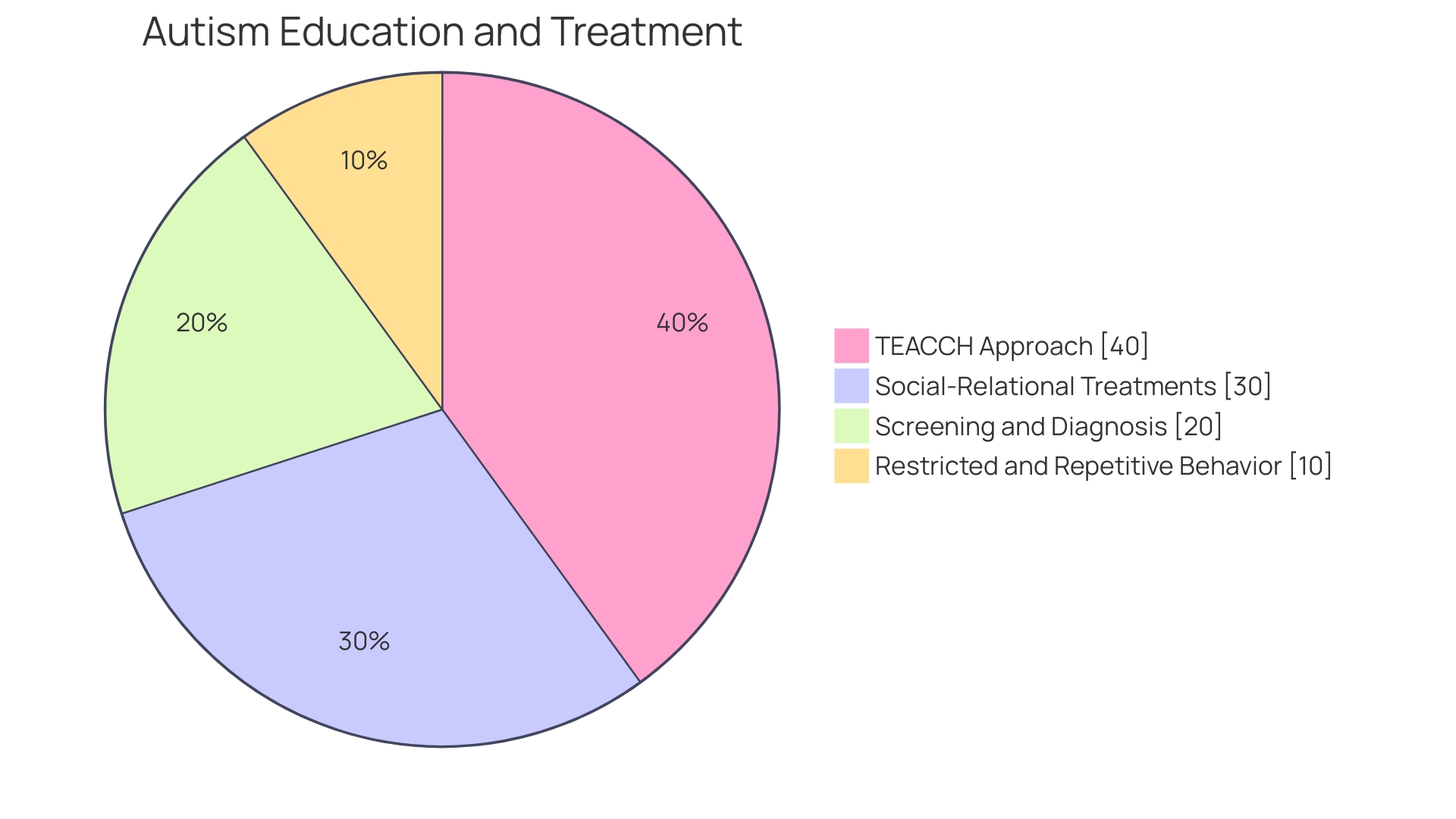
Prevalence Rates and Trends
The understanding and approaches to autism spectrum disorder (ASD) have progressed significantly over the years, contributing to a discernible rise in the prevalence of this condition among children. With current statistics showing that about 1.85% of children are affected by ASD, a multi-faceted explanation is warranted. The incremental rise can be traced to enhanced levels of awareness, continuous evolution of diagnostic criteria, and the expansion of services for diagnosis and early intervention.
Australia exemplifies these advances with its comprehensive evaluation system involving multidisciplinary teams that includes pediatricians and therapists. The no-age-restriction policy for diagnosis, combined with a focus on early childhood intervention, underscores the criticality of timely support for positive developmental outcomes. The National Disability Insurance Scheme (NDIS), integral to Australia's strategy, illustrates the commitment to providing personalized intervention plans.
Early intervention programs are essential, often emphasizing communication skills, social interaction, and behavioral management to optimize children's capabilities.
Furthermore, studies, such as the one published in the Journal of Personalized Medicine, emphasize the effectiveness of a non-pharmacological, personalized approach to mitigating ASD symptoms. A remarkable case involving 4-year-old dizygotic twins diagnosed with 'level 3 severity' ASD, required a deeply customized, interdisciplinary intervention, reflecting the importance of early, comprehensive support for those on the autism spectrum.
In the context of education, the right to inclusivity remains a cornerstone for all, highlighting significant strides in accommodating individuals with autism. The evolving understanding and support systems mirror the broader movement towards neurodiversity. Neurodiversity recognizes and values different neurological makeups—among them autism—a shift celebrated in both science and social perspectives.
In line with this, neuropsychological research advocates for a reimagined societal framework that accommodates neurodivergent individuals, which could potentially reduce the hindrances they face, fostering a more inclusive environment. This paradigm seeks not only to affirm the dignity of those with neurodiversity but also to question and adjust the mechanisms of our society to better suit a variety of neurological experiences.
The growth in ASD diagnosis, like the 17.28% of special education students with autism in California, reflects the amplified visibility and diagnosis of ASD. However, as with the staggering increase in autism rates in Australia, there are ongoing discussions about the influence of financial incentives and policy frameworks, such as the NDIS, on these statistics. As professionals and advocates continue to explore the factors contributing to the rising prevalence of autism, the commitment to understanding and supporting those on the spectrum becomes all the more vital.
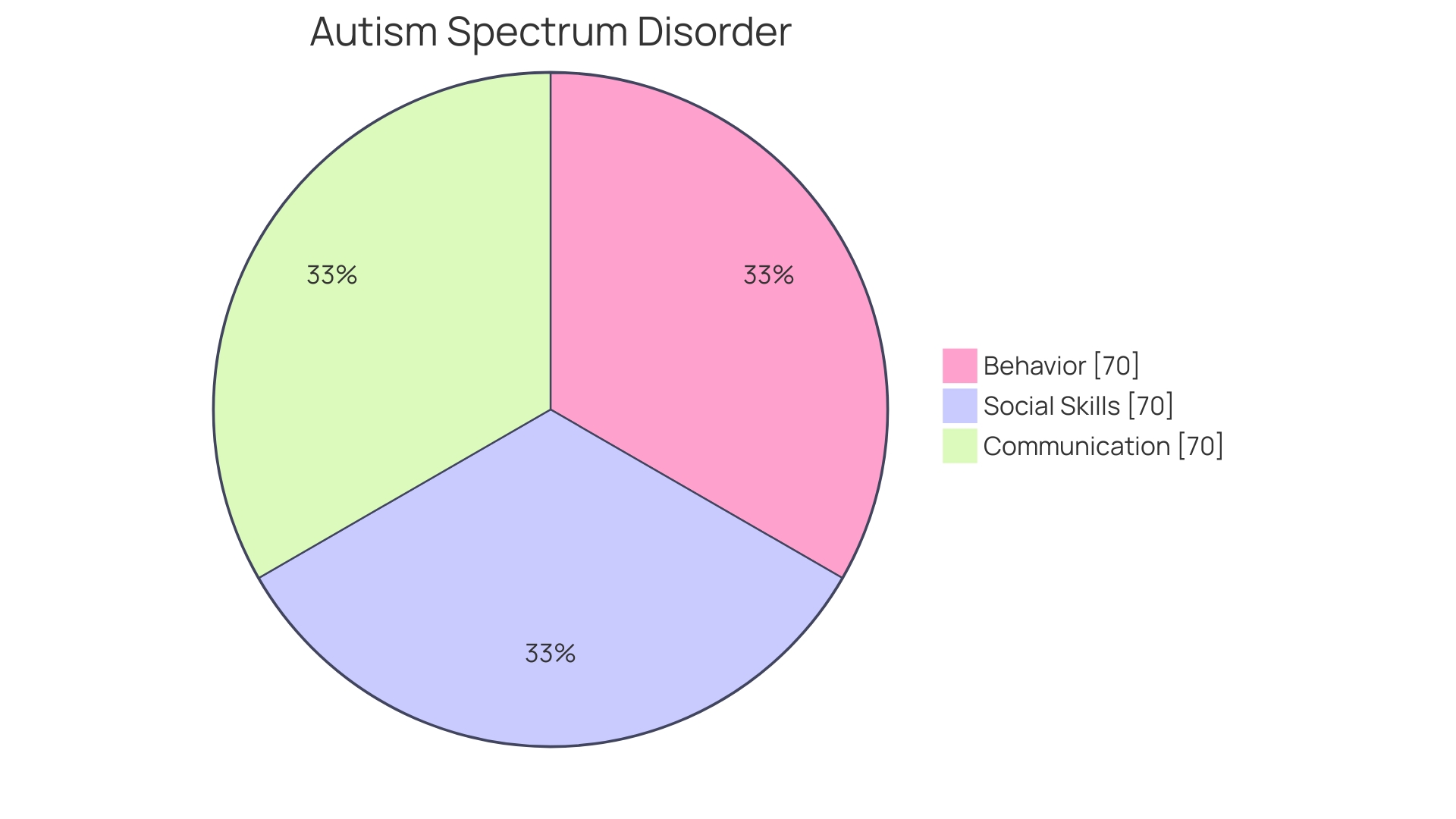
Factors Influencing Autism Prevalence
The prevalence of autism spectrum disorder (ASD) is a subject of intense study across the globe, with various factors influencing these rates. Researchers face the significant task of unraveling the complex interplay of genetics, environmental conditions, parental age, and socio-economic elements that may contribute to the incidence of autism. Studies like those approved by the Danish Data Protection Agency underscore the ethical rigor and international efforts involved in this research.
In attention to these elements, studies also highlight the importance of early intervention and tailored support plans provided by programs like the National Disability Insurance Scheme (NDIS) in Australia, which aims to enhance communication, social skills, and overall development for children with autism.
Environmental exposures, as pointed out by researchers, resist easy categorization due to their ubiquitous and often ephemeral nature. Factors could range from prenatal pathogen exposure to socio-economic challenges such as poverty and air quality. Such a wide range implies a need for advanced technologies to comprehensively assess the environmental influences on ASD.
Considering the varied and individualized presentation of ASD, diagnostic assessments in Australia are performed by multidisciplinary teams, without age restrictions, to encourage early diagnosis and management, which can lead to more favorable outcomes. This approach, along with educational inclusion practices, illustrates the commitment to addressing and understanding ASD in all its diversity, pervading through cultures, ethnicities, races, and gender identities. Recent studies, like those published by UC Davis MIND Institute researcher Sally Ozonoff and the Baby Siblings Research Consortium, put forth data on autism's prevalence, inferring that up to two percent of Canada's population could be on the spectrum.
Furthermore, case studies involving dizygotic twins diagnosed with varying severity levels of autism reveal the intricacies of autism's manifestation even among genetically similar individuals.
The determination and provision of resources for ASD in Australia, as it stands, offers an exemplar for global autism support efforts. It's a pressing reminder that outstanding work is being done, yet there remains much to learn about the myriad influences that shape the occurrence of autism in various populations.
Diagnostic Criteria and Challenges
Autism spectrum disorder (ASD) is marked by a broad range of symptoms and variations amongst individuals affected. Getting an accurate and timely autism diagnosis, therefore, can be complicated not only by this diversity but by certain barriers faced during the process. Adults seeking an autism diagnosis, for instance, embark on a thorough evaluation which delves into their developmental history.
This is complemented by the analysis of cognition, behavior, and comprehensive self-report questionnaires. Yet, such assessments are not universally available, highlighting the necessity for specialized training and improved diagnostic tools.
The inconsistency of the autism diagnosis process across life stages is further complicated by the variability inherent in autism itself. Sometimes symptoms that warrant an autism diagnosis might not surface until later in life, despite the condition being present from birth. In fact, some individuals may not be diagnosed until adulthood, if at all.
This delay, according to experts at Columbia’s Lieber Recovery Clinic, can be due to a myriad of factors including subtler manifestations of autism that don’t align with the more commonly recognized signs observed in early childhood.
Contemporary research underscores the importance of early intervention, which has been linked to better long-term outcomes for those with ASD. Innovations in technology are paving the way for advancements in diagnosis, such as the promising results reported in JAMA Network Open from a multi-site study. Using eye-tracking technology, researchers are able to predict autism diagnosis in toddlers as young as 16 to 30 months with greater accuracy by measuring their social visual engagement.
This tech-led approach, along with expert clinical assessments, could vastly improve the precision of diagnoses and reduce the length of time families wait for a confirmed diagnosis. The stakes are high as early autism identification is crucial for accessing behavioral therapies known to support improved language, cognitive, and social abilities.
As our understanding of autism expands, so too must our resources and approaches to diagnosis. Organizations like The Autism Community in Action (TACA) actively support families with ASD, endorsing the need for diagnostic tools that identify autism at the earliest age possible. Such urgency is echoed with the development of biomarker technology, which aims to detect autism within weeks of birth.
A recent study involving 500 children using smart devices and artificial intelligence revealed a 98.5% accuracy rate in ASD diagnosis, a testament to the transformative potential of such technologies in the field of autism care and treatment.
Geographical Variations in Autism Prevalence
Disparities observed in autism prevalence around the world provoke essential discussions about the factors contributing to these variations. Notable differences have surfaced, not just across countries but within regions too, emphasizing the impact of local healthcare accessibility, cultural attitudes towards medical conditions, and specific methodologies deployed in diagnosis. For instance, in Australia, the identification of Autism Spectrum Disorder (ASD) is carried out by an interdisciplinary team including pediatricians, psychologists, speech therapists, and occupational therapists.
This team collaborates to perform a holistic evaluation by collecting observations from multiple influencers in a child's life such as parents, educators, and caregivers, as well as through direct surveillance of the child’s behavioral and developmental patterns.
Australia's commitment to no age barriers for detection fortifies the imperative of timely intervention. This investment in early diagnosis is bolstered by the National Disability Insurance Scheme (NDIS), which reinforces the significance of personalized support plans catering to the nuanced needs of individuals with autism. Besides the NDIS, a plethora of non-governmental organizations and community services contribute to an ecosystem of support, addressing areas such as communication, social skills, behavior management, sensory processing, and life-skill enhancement, thereby enriching the holistic development and well-being of children with ASD.
With educational inclusion also playing a critical role, this multidimensional approach amplifies the potential for positive outcomes in individuals affected by autism.
Given the estimation that around 1 in 70 Australians live on the autism spectrum, embracing these divergent prevalence rates is not merely a scholarly task but a crucial step towards crafting tailored interventions and fostering a more inclusive society. The unfolding narrative of autism apprehension signals a movement from erstwhile misdiagnosis or oversight to an era marked by refined diagnostic criteria and proliferated public awareness, paving the way for more accurate recognitions across the autism spectrum.
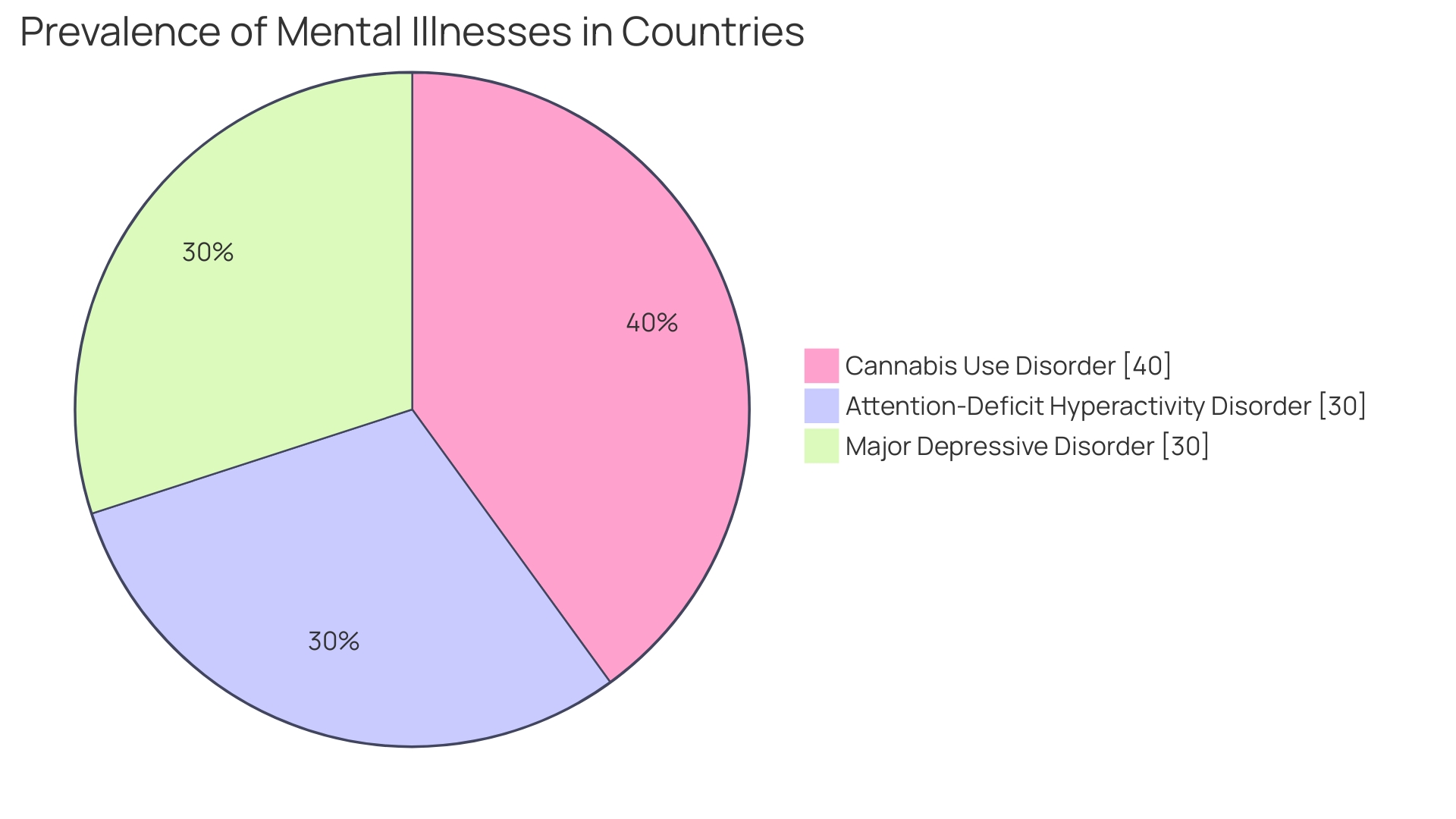
Impact of Autism on Families and Society
Autism Spectrum Disorder (ASD) presents not just a unique set of challenges to individuals affected but also to their families and the broader community. ASD is a complex neurodevelopmental condition characterized by varying degrees of difficulties in social interaction, communication, and repetitive behaviors. The realities of raising a child with autism include navigating financial stresses, undertaking significant caregiving roles, and often struggling to access necessary support services.
Financially, families may face towering costs related to healthcare, education, and necessary supportive interventions. This economic pressure is reflected in a stark statistic: about 50% of caregivers hold less than $10,000 in savings and investments mainly due to the intense demands of providing care.
Moreover, physicians spend over half of their time on administrative work like writing visit notes, which, although a necessity, detracts from patient interaction and can contribute to burnout. These demands highlight the essential role of effective support systems that can reduce the burden on caregivers and health service providers alike.
Educationally, children with ASD can benefit greatly from tailored approaches like the Treatment and Education of Autistic and Related Communication-Handicapped Children (TEACCH). This method leverages the strengths of autistic individuals, such as consistency and visual learning, creating structured environments to foster learning and social engagement.
Yet, despite these hurdles, there is a growing recognition of the inherent value and strengths that people with autism bring to society. Inspiring accounts from caregivers showcase the profound lessons and unexpected gifts that come with raising children with autism. As families navigate the complexities of life with ASD, they often build stronger community bonds and contribute richly to the fabric of societal inclusivity.
However, the journey for most caregivers is solitary and harrowing. As per a recent survey, over 80% of family caregivers report providing more support due to decreased availability of services. The need for caregiver support is expected to grow exponentially alongside an aging population—with life expectancy having surged by 17 years since the inception of the Social Security program.
It is imperative that our community and policymakers anchor their response to autism in equity and mental health support, following the ethos declared by Dr. David (Dan) R. Offord, who argued for fair participation in society's 'race.' For families, this support means not only acknowledging the unique challenges of ASD but also the profound hope that each new day brings—a hope shared and lived by caregivers and families of individuals with autism.
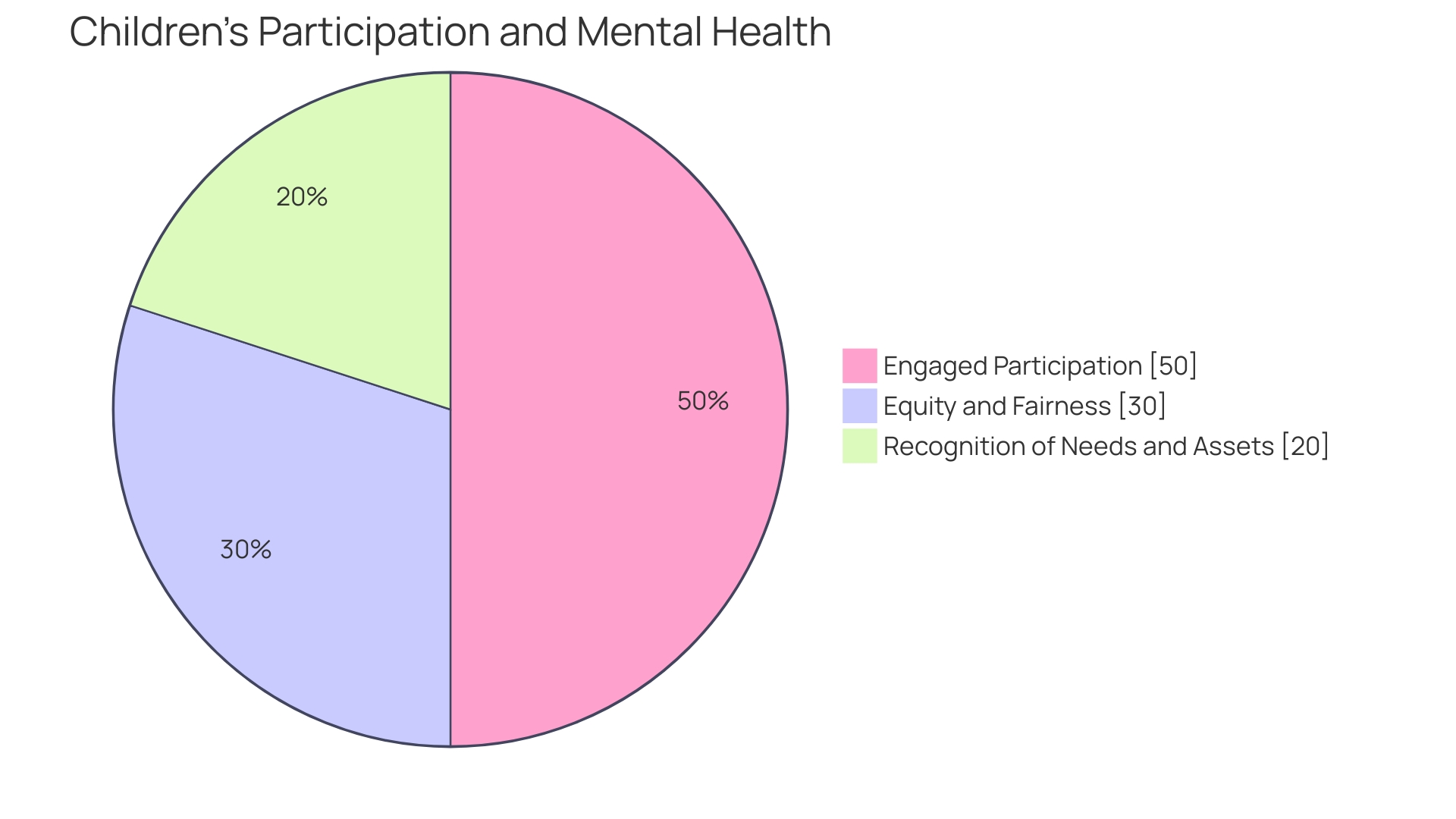
Case Study: Real-World Application of Autism Prevalence Data
Understanding the increasing rates of autism calls for a closer look into how regions adapt their educational resources and support services. A detailed case study in Australia exemplifies this adaptation in response to rising diagnoses. The case portrays a multi-faceted procedure for ASD diagnosis, including an in-depth assessment by pediatricians, psychologists, and therapists.
Information from various sources such as parents, caregivers, and teachers is collected, and early childhood is highlighted as the critical period for diagnosis due to the potential for improved outcomes with early intervention.
The National Disability Insurance Scheme (NDIS) profoundly impacts the support available for autism in Australia by providing funding for crucial services like early intervention for children with autism. These plans are tailored to individual needs, aiming to develop communication, social skills, and adaptive skills. Community-based services augment these efforts with therapy sessions and family support, which are essential in empowering families to support their children effectively.
The commitment to education as a right extends to individuals with autism in Australia, emphasizing integration and tapping into each child's potential. Educational settings adjust to a growing population with ASD, and this is reflected in the statistics. The U.S. Department of Education notes a significant rise in the number of students classified with autism, a rate that has more than doubled from 5% of special education students in 2008-2009 to 13% in the 2022-2023 school year.
Quotes from experts highlight the importance of ongoing support beyond childhood. Dr. Christopher McDougle underlines the necessity for adult autistic individuals to receive quality medical care. This is echoed by the development of the National Autism Strategy in Australia, aiming to enhance service access, education, and employment opportunities.
This comprehensive approach acknowledges the challenges faced and strives to support autistic individuals across their lifespan.
Crucially, these adaptations are pressing due to the soaring demand for autism-related services. A 27% rise in new autism referrals over a recent year and an overwhelming number on waiting lists for assessments illustrate the urgent need for responsive education and support services. With educational systems experiencing unsustainable pressure, it is clear that understanding the real-world impact of autism prevalence data is not merely academic but a pressing societal matter requiring informed, compassionate, and vigorous action.
Conclusion
In conclusion, the prevalence of autism spectrum disorder (ASD) is rising globally, driven by increased awareness, improved diagnostics, and expanded support services. Countries like Australia are leading the way with comprehensive evaluation systems, early interventions, and initiatives like the National Disability Insurance Scheme (NDIS) to provide personalized support for individuals with autism.
Factors influencing autism prevalence are complex, including genetics, environment, and socio-economic elements. Ongoing research aims to unravel these influences and improve early detection and interventions.
Diagnosing autism can be challenging due to its diverse presentation, but advancements in technology offer promise for more accurate and early detection. Organizations like The Autism Community in Action (TACA) advocate for early diagnosis and family support.
Geographical variations in autism prevalence highlight the importance of local healthcare accessibility and cultural attitudes. Australia's interdisciplinary approach, early interventions, and educational inclusion serve as a model for tailored support and fostering inclusivity.
The impact of autism extends beyond individuals, impacting families and society. Effective support systems are crucial to alleviate financial and caregiving burdens, while recognizing the strengths of individuals with autism.
Real-world case studies, like in Australia, exemplify the adaptation of educational resources and support services to meet the needs of individuals with autism. However, the increasing demand for services underscores the need for ongoing support and responsive education systems.
In conclusion, understanding and supporting individuals with autism requires action from policymakers, healthcare professionals, educators, and society. Through inclusive environments and comprehensive support systems, we can ensure the well-being and positive outcomes of individuals on the autism spectrum.




